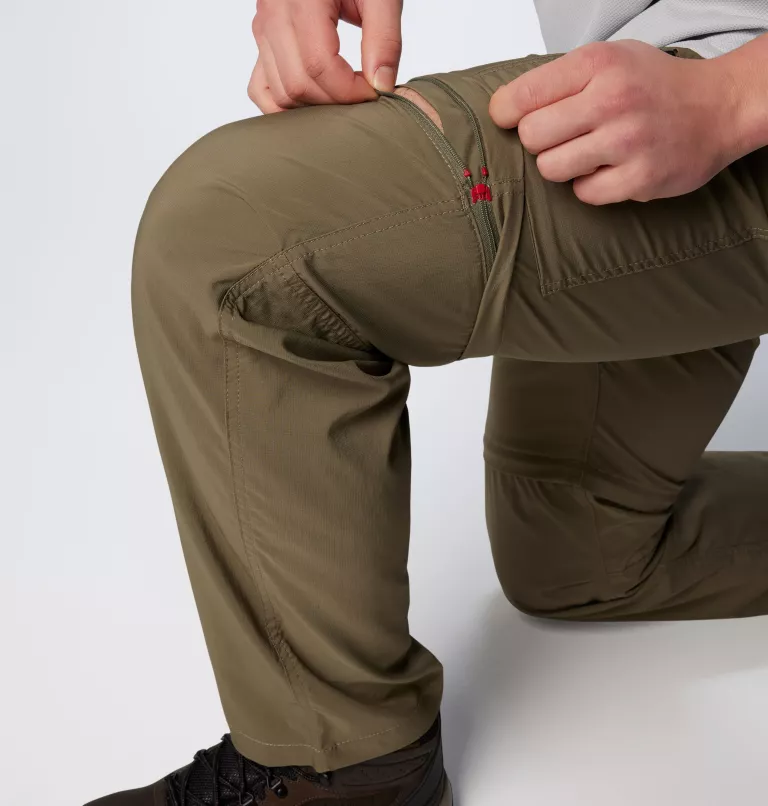Environmental regulations in Europe and the U.S. are becoming increasingly strict. At the same time, industrial customers expect more comfort and sustainability from workwear products. Traditional fabrics are no longer enough.
Upgrading your fabric choices — by combining sustainable fibers with stretch materials — is now a key strategy for any workwear brand that wants to compete in global markets.
Why Sustainable Stretch Fabrics Are the Future of Workwear
Choosing the right fabrics can help your brand meet growing demands for sustainability, comfort, and durability — while also supporting certifications and even tax incentives in certain European markets.
The most recommended combinations include:
- Eco-friendly fibers like recycled polyester, organic cotton, bamboo, viscose, and ECONYL® recycled nylon.
- Stretch materials such as Sorona®, Spandex, T400®, XLANCE®, or mechanical stretch.
These material combinations create fabrics that perform well while supporting sustainability goals — exactly what today’s workwear customers are looking for.
How to Make Your Workwear Brand More Sustainable
Choose Sustainable Raw Materials
- Recycled Polyester: Durable, widely used, and available with GRS certification.
- Organic Cotton: Breathable, pesticide-free, and highly preferred in EU markets with GOTS certification.
- Bamboo & Viscose: Known for softness and comfort.
- Recycled Nylon (ECONYL®): Ideal for high-abrasion workwear like jackets and trousers.
Upgrade Blending Techniques
A common approach is to transform traditional T/C (poly-cotton) stretch fabrics into sustainable blends such as:
- Recycled polyester + organic cotton + Spandex or Sorona®
This combination offers durability, elasticity, and sustainability all in one.
Real Case Example
One European client upgraded their T/C stretch fabric by replacing polyester with recycled polyester and cotton with organic cotton. Despite an 8% increase in fabric cost, their products qualified for a government green procurement list and they received a corporate tax deduction.

Best Sustainable Fibers for Workwear Applications
Popular choices in the market include:
- Recycled polyester in workwear — Durable and eco-friendly.
- Organic cotton vs regular cotton — Superior sustainability and skin comfort.
- ECONYL® recycled nylon — Ideal for heavy-duty, high-durability garments.
- Bamboo & viscose blends — Soft and breathable.
- Hemp or linen — Great for lightweight, summer workwear.
Stretch Materials that Work Best for Industrial Clothing
When adding stretch to sustainable fabrics, these are the top options:
- Spandex — The most commonly used stretch fiber.
- Sorona® — Plant-based stretch material with branded hangtags for added value.
- T400® — Known for durability and chlorine resistance.
- XLANCE® — Excellent for industrial washing performance.
- Mechanical Stretch — Achieves stretch without using elastic fibers, ideal for certain cost-sensitive applications.
The Power of Branded Hangtags
Using well-known brands like Sorona®, LYCRA®, or XLANCE® helps elevate your product story and supports premium positioning in the market.

Will Sustainable Stretch Fabrics Increase Costs?
The honest answer is yes — typically 5% to 15% higher than conventional fabrics.
But the benefits often outweigh the cost:
- Access to eco-certifications
- Product differentiation in competitive markets
- Greater customer loyalty
- Eligibility for government green procurement programs in Europe
- Long-term positioning as a sustainable leader in workwear
Best Fabric Combinations for Sustainable Workwear
| Fabric Composition | Benefits | Best Applications |
|---|---|---|
| Recycled Polyester + Spandex | Durability + Stretch | Work pants, jackets |
| Organic Cotton + Sorona® | Comfort + Sustainability | T-shirts, shirts |
| ECONYL® + T400® | Protection + Stretch | Heavy-duty industrial garments |
| Recycled Polyester + Mechanical Stretch | Cost-effective option | Entry-level workwear lines |
Final Thoughts
In today’s European and American workwear markets, sustainability and comfort are essential — not optional.
By choosing the right combination of sustainable fibers and stretch materials, your brand can:
- Meet new environmental standards
- Offer superior comfort and durability
- Access valuable certifications
- Unlock tax benefits in key markets
- Build stronger customer trust
Ready to upgrade your fabrics? The best time to start is now.

